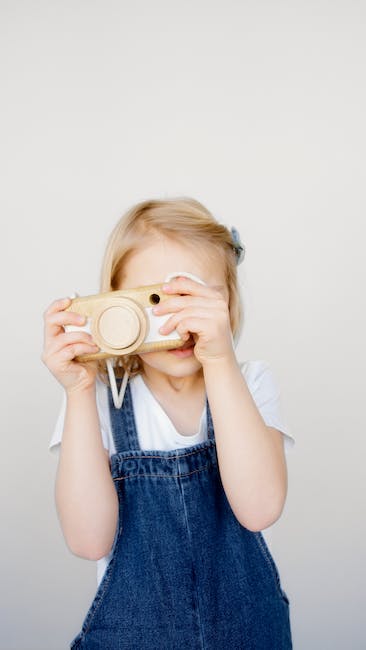Seven Ways to Fight Bias in Your Everyday Life

Unconscious bias can subtly and unknowingly influence our thoughts and actions. Discover seven practical strategies to combat these biases, fostering a more inclusive and fair mindset in your everyday life.
When Tamir Rice, a young boy not much older than my own children, was shot by police and killed while playing with a toy gun, I finally felt like I had to get involved in the Black Lives Matter movement.
I wrote my book The Person You Mean to Be: How Good People Fight Bias for semi-bold people like me, who want guidance on the path toward doing their part and not being passive
- Just believing in egalitarian and anti-racist values or posting about them on social media, and not acting on them, does nothing other than reinforce the status quo
Build a community to grow together
The way we build communities is by talking about what we’re learning.
- If we’re willing to make ourselves vulnerable to others, whether it’s our roommates, family members, or colleagues, they will do the same. And then boom-we’ve got a community.
Aim to be good-ish, rather than good
We care so much about defending our moral identity that we’ll engage in incredibly nimble mental gymnastics to find a way to see ourselves as good when challenged.
- When we’re confronted with actions that don’t fit our good-person identity, we close down, because we have to defend our identity-rather than opening up to the possibility for a moment of learning.
- As good-ishy people, we will be more open to learning when our biases come up.
Run better meetings
To foster diversity and inclusion, we need to do things that make for better information exchange in meetings: balancing air time, ensuring multiple perspectives are brought upon issues, being fair in how we treat and credit people.
- Watch nonverbal signals and be an active ally when you notice that someone has been spoken over, undercredited, misunderstood, dismissed, or ignored.
Follow the “10% More Rule”
Being 10% more mortified is sustainable.
- If you’re new to an issue like racism, sexism, or ableism-if you didn’t think it was a problem for you, you thought it was someone else’s problem, or you thought the problem was already solved-then be 10%, on the front lines of doing the work, or your identity makes it unavoidable for you to deal with these issues every day-10% more “satisfied.”
Use your privilege for influence
When you have the privilege, you also have the influence.
- The word “privilege” makes people feel uncomfortable and ashamed, but we’re missing the opportunity that exists in privilege to make a positive impact
- So many of us are walking around in a cone of shame instead of being grateful we figured out where our privilege is
- Using our privilege allows us to realize where our influence could be
Learn how to say people’s names
There are a lot of names we don’t say because we’ve either not tried, or we haven’t put in the minute to Google
- Take 5 people whose names you don’t know and ask them
- If you’re uncomfortable asking, spend a little time on the internet
- Say their real names
Audit your media consumption
Whether it’s podcasts, books, movies, TV shows, or social media, look at how much similarity there is among the voices that are centered, whether it’s the creator’s voice or the characters’ voices. How similar are those voices to your own experience and background?

